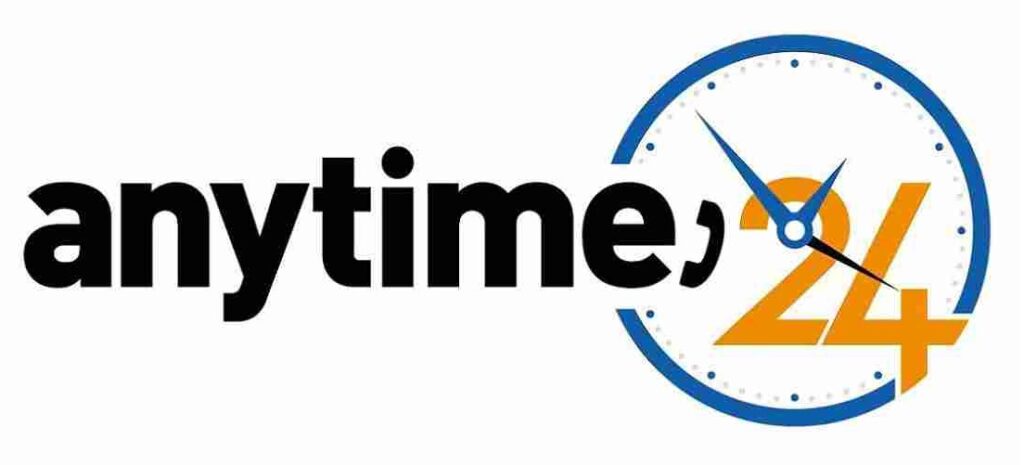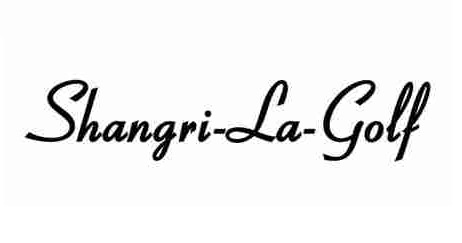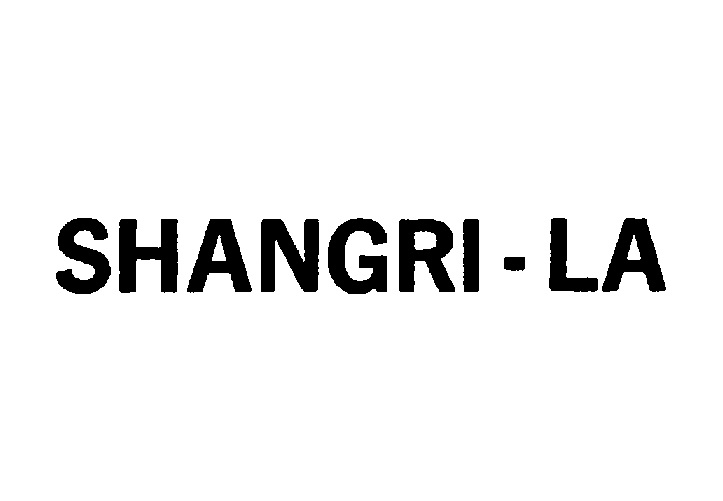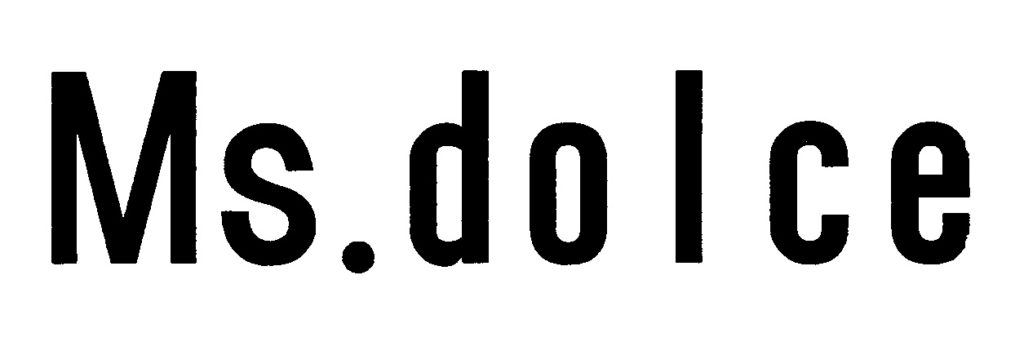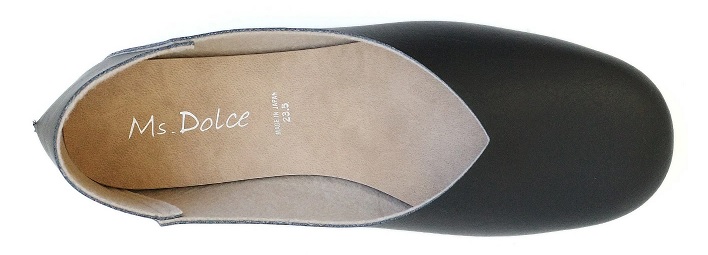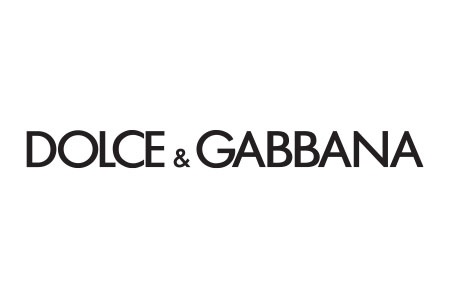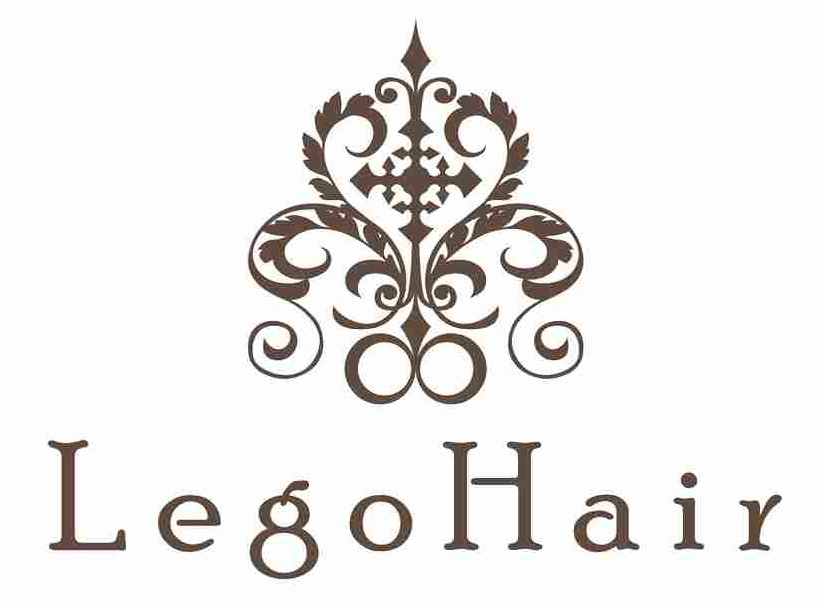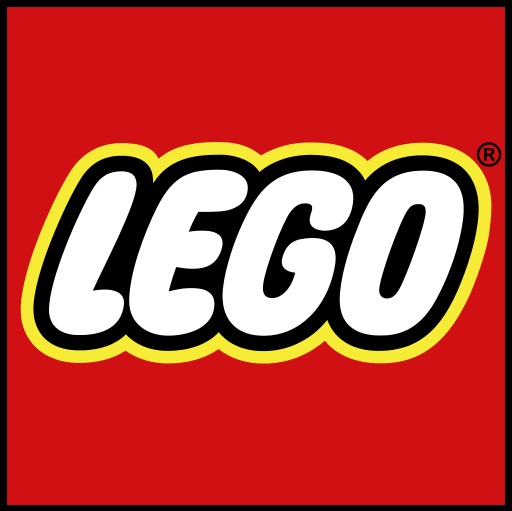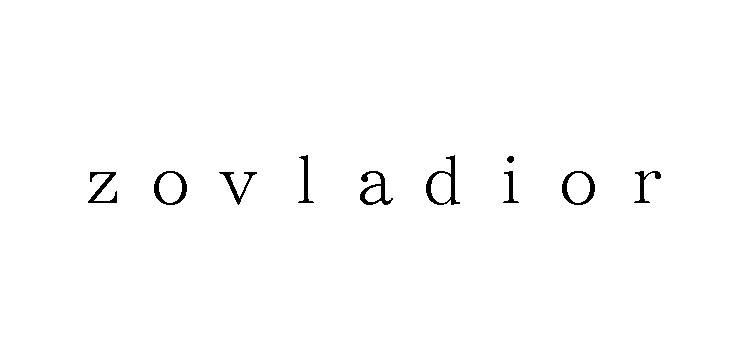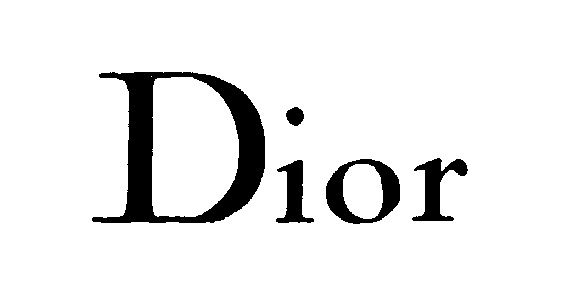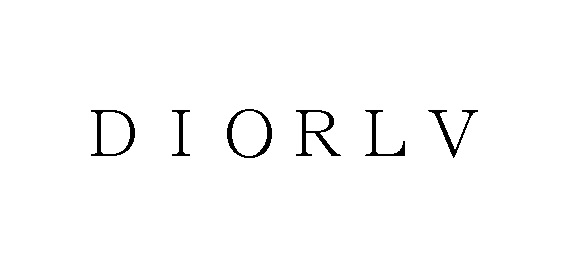The Japan Patent Office (JPO) sided with Space Exploitation Technologies Corporation (SpaceX) in an attempt to revoke TM Reg no. 6613282 for the mark “SPACEX / spacex.co.jp” (cl. 25, 26) in contravention of Article 4(1)(viii) and (xv) of the Japan Trademark Law.
[Invalidation case no. 2023-890010, decided on June 4, 2024]
Contested mark
NDR Tech Co., Ltd. filed trademark application for a mark composed of the two word-elements “SPACEX” and “spacex.co.jp”, arranged in two lines (see below) for use on apparels and footwear in class 25 and insignias for wear, buckles for clothing, badges for wear, brooches for clothing, brassards in class 26 with the JPO on December 20, 2021 (TM App no. 2021-163633).

The JPO examiner granted protection to the mark on August 19, 2022.
Invalidation action by SpaceX
Space Exploitation Technologies Corporation, aka SpaceX, filed an invalidation action on February 15, 2023 and claimed the contested mark shall be invalidated in contravention of Article 4(1)(viii), (x), (xv) and (xix) of the Japan Trademark Law.
Article 4(1)(viii) is a provision to prohibit registration of trademark that contains the representation or name of any person, famous pseudonym, professional name, or pen name of another person, or famous abbreviation thereof.
Article 4(1)(xv) prohibits the registration of trademarks that are likely to cause confusion with the business of other entities.
SpaceX could not rely on Article 4(1)(xi) because their attempt to register the mark “SPACEX” in class 25 (TM App no. 2020-125746) was unsuccessful due to a conflict with the earlier TM Reg no. 6222450 for wordmark “SPACEX” owned by NDR Tech.
SpaceX argued that the mark “SpaceX” has been widely recognized as a commercial name of the claimant among the general public in Japan even before the time of initial application of the contested mark due to its frequent appearance in print and broadcast media.
NDR Tech asserted that the domain name “spacex.co.jp” is only available to companies registered in Japan. As the proprietor of the domain, they have a legitimate interest in registering and owning the contested mark.
JPO decision
The JPO Invalidation Board admitted that the mark “SpaceX” has become famous among the general public as an abbreviation of the claimant.
It is obvious that the contested mark contains the term “SPACEX” and “spacex”, which are known as a famous abbreviation of the claimant. Based on the fact that NDR Tech did not obtain the consent of SpaceX, the contested mark does not comply with the requirements of Article 4(1)(viii).
Bearing in mind that the mark “SpaceX” has been used on T-shirts, hoodies and caps, the Board has reasons to believe that relevant consumers are likely to confuse a source of goods in question bearing the contested mark with SpaceX. If so, the contested mark shall be revoked under Article 4(1)(xv) as well.
In the decision, the Board noted ‘The fact that NDR Tech owns the domain “spacex.co.jp” is irrelevant to the invalidity of the contested mark based on the above articles.’



